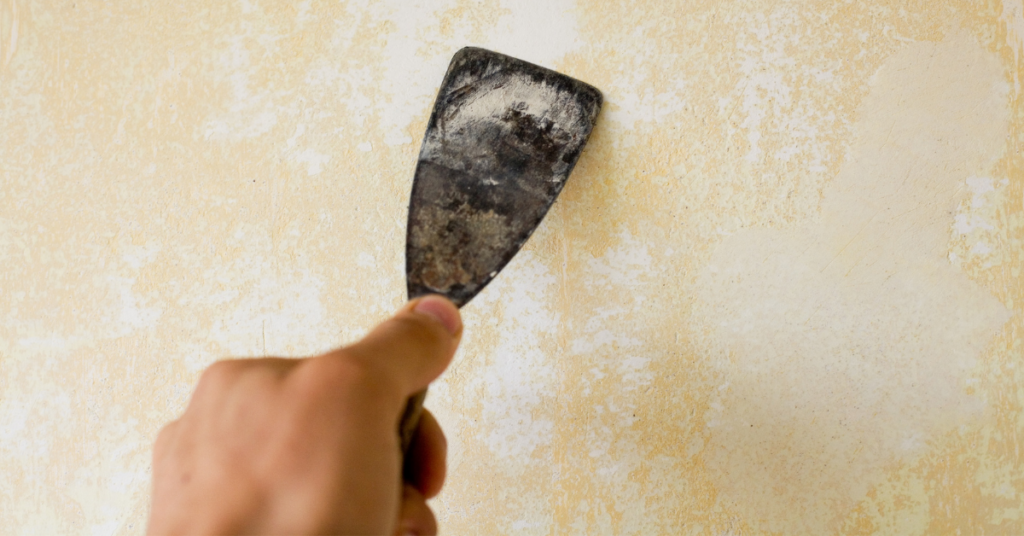Add Style with Drywall Texturing Techniques

Drywall, also known as “gypsum board,” is the premier building material for walls, ceilings, and partition systems in residential and commercial structures across the country. But just because it’s everywhere doesn’t mean it has to be boring!
There are many ways to add texture to drywall during the installation process to create a finish that complements your home’s style and spruces up your walls and ceilings.
These techniques include:
Popcorn
Typically used on ceilings, popcorn-textured drywall has gone in and out of favor since it first became popular in the 1970s. Generally applied with a hopper gun using a mix of Styrofoam and stucco, it’s easy, covers irregularities in a drywall surface, and has some sound-dampening properties.
Orange Peel
Applied in a fine, medium, or heavy style, this spatter texture has a smoother look than popcorn. It can increase the durability of your walls while adding a slightly “wrinkled” look. This option is more complex than applying some of the other different drywall textures, so consider bringing in a professional to get the best results.
Comb
Of all the different drywall textures, combing allows for the most creativity and imagination. Applied with a toothed trowel, the texture looks like it’s literally been gone over with a comb. It’s applied in a half-fan pattern, but it’s easy to customize the design to match the look and feel you’re going for in your room.
Spray Sand
One of the most durable textures for your drywall surfaces, this is also one of the easiest. Mix sand with your water and primer, let it rest overnight, and then spray in your walls or ceilings with a spray gun.
Sand Swirl
This is a mixture of the Spray Sand and Comb techniques. Instead of a toothed trowel, this drywall texture is applied using a medium or thick bristled brush (similar to a wallpaper brush) in swirling shapes.
Stomp Brush
Sometimes called a slap brush or crow’s foot finish, this drywall texturing technique starts with a skim layer of drywall mud. Then, using a brush with stiff bristles, additional mud is slapped onto the drywall surface in overlapping strokes, creating various textures and designs. This technique is especially tricky when working overhead, so if it appeals to you, you might want to consider calling in the pros again.
Rosebud
While similar in some ways to the Stomp Brush technique, this texture is created using long, sweeping strokes that don’t overlap. It’s one of the more challenging types of drywall textures to achieve, but when done well, it is also one of the most dramatic and attractive.
Lace
To achieve this texture, drywall mud is rolled or sprayed onto the wall. Using a knife, an intricate “Spanish fan” type design is carved into the layer of mud while it’s still wet. Although it’s among the trickiest of the drywall textures for DIY enthusiasts to achieve, it’s popular with homeowners because it covers surface imperfections very well. In the hands of an experienced professional, the Lace dry wall finish is striking, stylish, and practical.
Knockdown
These drywall textures are hybrids of several different techniques. The mud is initially built up using a spray, stomp, slap, or brushing technique, then “knocked down” using a tool like a putty knife or a wallpaper smoother to create random patterns.
Venetian
For an elegant finish like those found in Italian palaces and villas, this texture can’t be beat. Marble dust is mixed into the plaster, which is then applied to the surface in multiple thin layers. Once the application is thoroughly dry, it’s sanded and buffed, leaving the drywall almost totally smooth with a subtle suggestion of texture. Arguably the trickiest finish to achieve, the Venetian technique is an unusual and elegant texture.
Armed with a good tutorial, the right tools, and some imagination, an intrepid DIYer will have fun experimenting with a few of these different drywall textures before deciding one will work best in their. home. But if you’re not the “do it yourself” type, calling an experienced contractor like Robey Drywall is a great place to start.
Count on Robey Drywall for superior craftsmanship, quality, and value!
